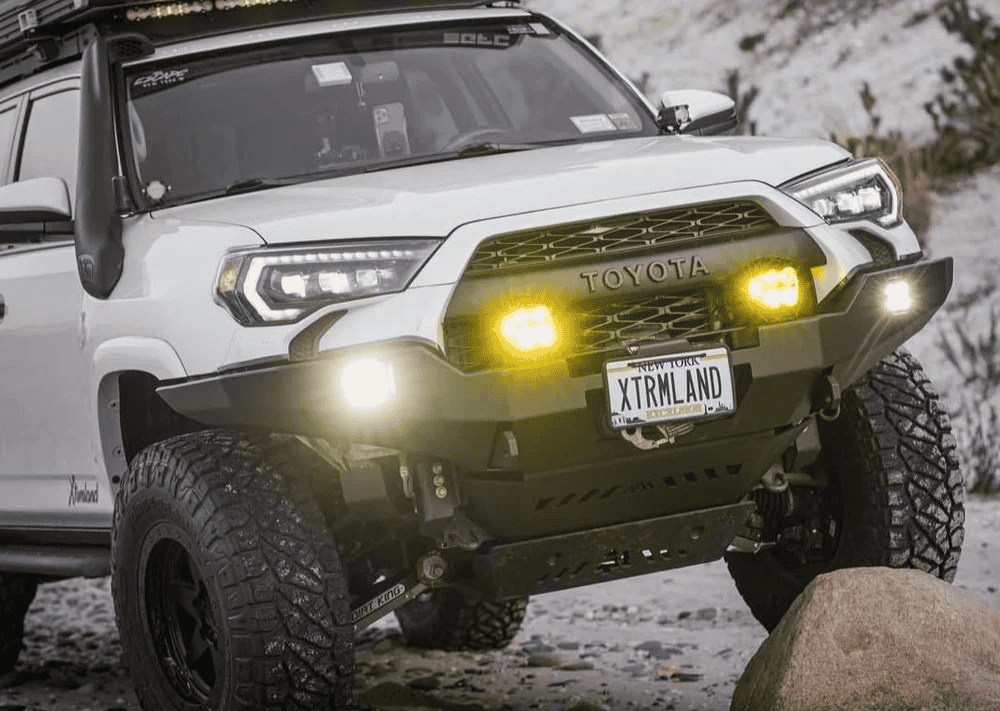Overland Vehicles

Every overland camping setup begins with a clear mission. Weekend loops on graded forest roads call for different gear choices than multi day trails with washouts and deep ruts. Define group size, nightly mileage, and how remote you plan to travel. Then match equipment to the most demanding day rather than the average one.
Trip planning drives the build. Study maps for fuel stops, water sources, and bail out routes. Note altitude swings and expected temperatures so you can size insulation, bedding, and heating or cooling needs. A thoughtful plan prevents overpacking while covering critical needs.
Payload is the invisible budget of every rig. Weigh the vehicle empty and track how much capacity remains after fuel, passengers, and recovery tools. Heavy items like water and batteries should ride low and centered to protect handling and braking. Keep the roof light to reduce body roll and wind drag.
Shelter shapes camp rhythm. Rooftop tents deploy quickly and save interior space, while quality ground tents offer flexible placement and better wind options in some terrain. Canopies or awnings create shade and rain cover for cooking and gear staging. In colder months, add insulated sleeping pads and a reliable heat plan with proper ventilation and carbon monoxide awareness.
Hot weather favors ample airflow, shade, and light colored fabrics. Cold weather calls for layered bedding, closed cell pads under air mats, and moisture management so condensation does not soak insulation. In shoulder seasons, a compact heater and a window vent kit can widen your comfort range.
A good layout lets you arrive, open two latches, and start unwinding. Aim for a flow where the kitchen, sleeping space, and storage each deploy without blocking another area. Label bins, color code dry bags, and give each person one grab bag for quick access to layers, headlamp, and hygiene items.
A stable cooking surface and wind protection matter more than extra burners. Pair a reliable stove with a lidded prep box that doubles as a table. Use a low draw fridge or a high quality cooler with dedicated space to avoid rearranging the whole cargo bay at every stop. Store spices, oil, and utensils in a compact kit so they move as one unit.
Sleep drives morale. Choose a mattress that fits your partner’s preferred firmness and test it at home. Blackout window coverings keep light and temperature stable. A simple privacy screen makes quick clothing changes easy in mixed camps or trailheads near town.
Modular drawers and soft sided cubes keep gear quiet and accessible. Put daily use items in the top third of storage and reserve deeper locations for spares and seasonal layers. Use tie down points and straps so nothing shifts on off camber sections. A small folding tote at camp catches loose items so they do not disappear when you break down.
Reliable power keeps food safe, lights on, and navigation running. A dual battery or lithium system sized to your draw prevents deep discharges that shorten battery life. Solar replenishes in camp while a DC to DC charger tops off while driving. Protect circuits with proper fusing and use marine grade wiring to resist vibration and moisture.
Water planning starts with use rates. Most travelers go through three to four liters per person per day for drinking, more if cooking and washing. Carry more than you think you need when sources are uncertain. Use food grade tanks, a quick fill port, and a simple filter stage so you can top off from questionable taps or clear streams. A small pump and spray head make dish duty faster and reduce waste.
Recovery and communications are the quiet heroes of safe travel. Tires suited to terrain, a full size spare, quality jack, traction boards, and a recovery strap with soft shackles cover most stuck scenarios. Air down for flotation, then air back up with a reliable compressor at the trail exit. Pair maps on multiple devices with a satellite communicator for the moments when cell service disappears.
When you are ready to turn the plan into a capable rig, consider a professional path that builds in safety margins and serviceable wiring, then test it on a shakedown loop. For ideas on vehicle based systems and thoughtful layouts, see what is possible on explore overland rigs. If you already know which upgrades you want, browse the path to a tailored build at custom overland upfit options. Curious about process and support during handoff and beyond, start here why choose OZK Customs.
A dialed setup feels like muscle memory. The kitchen opens without a search, bedding stays clean, power hums quietly, and water is easy to refill. That is the difference between surviving a trip and savoring it. If your next route deserves a dependable system built for your style, let a trusted shop translate your wish list into a cohesive package that sets up fast and packs down clean. Share how you travel and we will map the upgrades that match your terrain, crew size, and timeline.
Your routes deserve a rig that sets up fast, runs quiet power, and keeps you comfortable from trailhead to trail’s end. Tell us how you travel and we will design a turn key overland system around your goals. Share your timeline and must haves to get a tailored quote today.
ADDRESS:
6159 E Huntsville Rd, Fayetteville, AR 72701
PHONE:
(479) 326-9200
EMAIL:
info@ozkvans.com